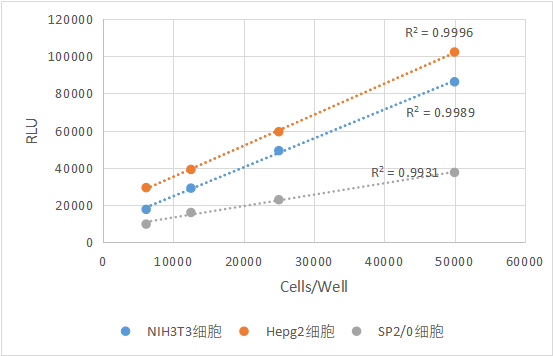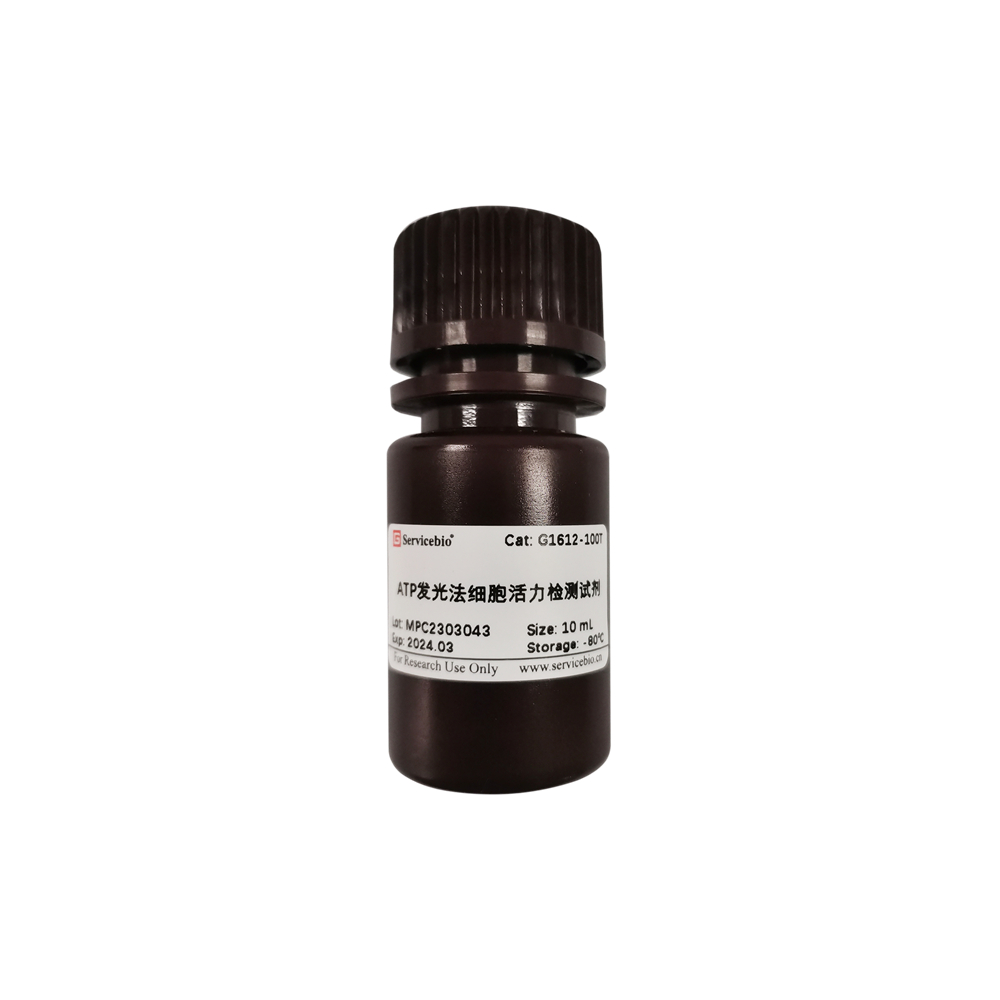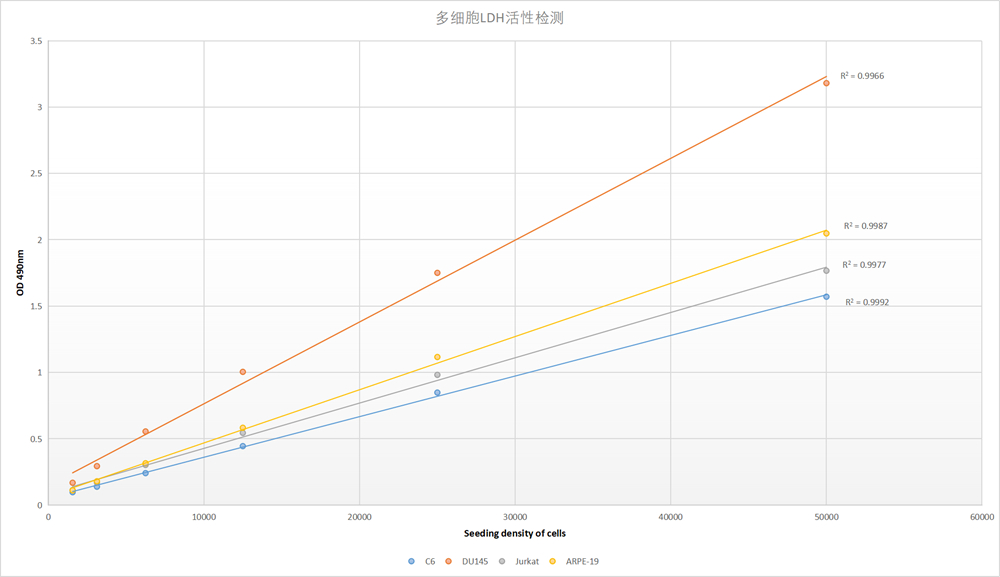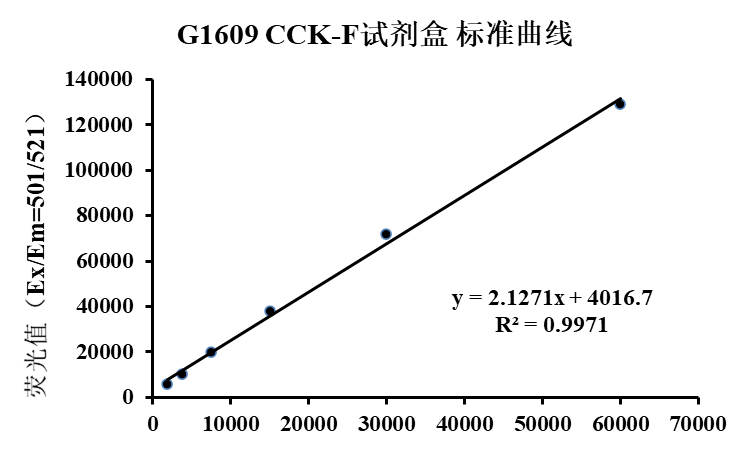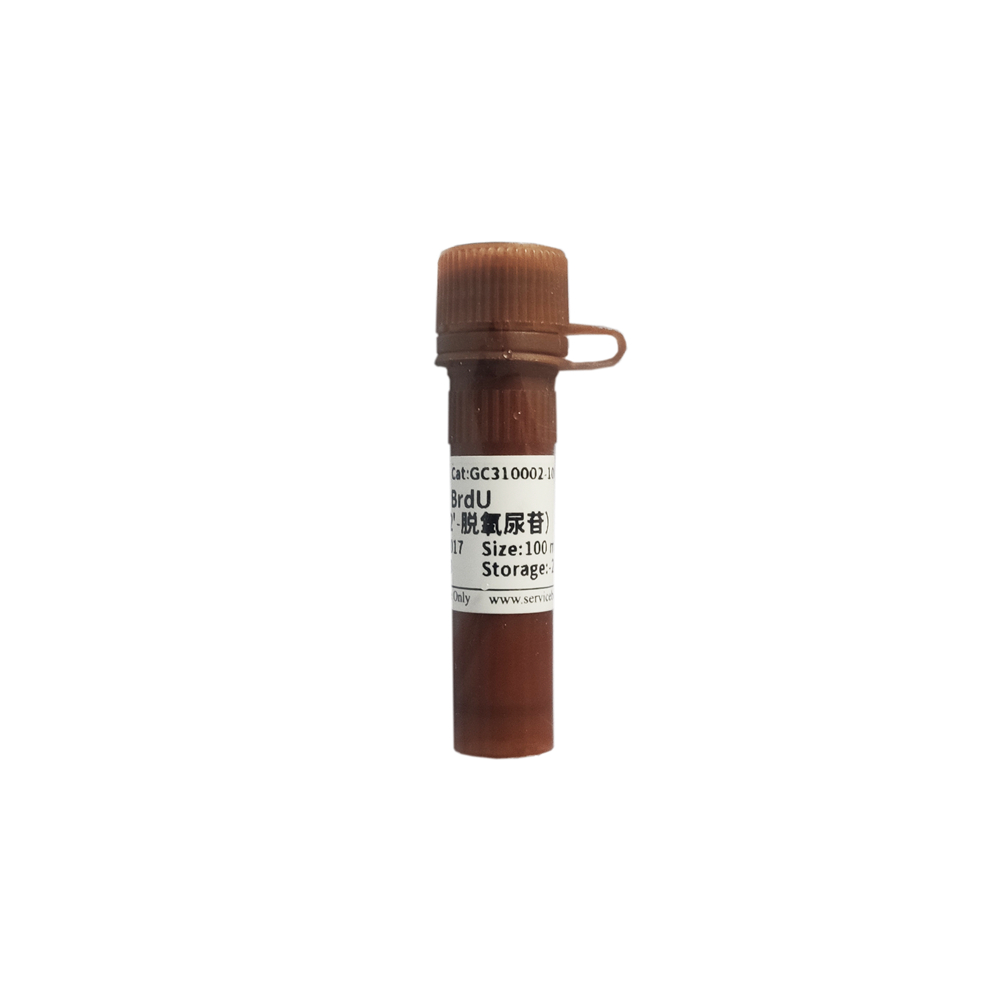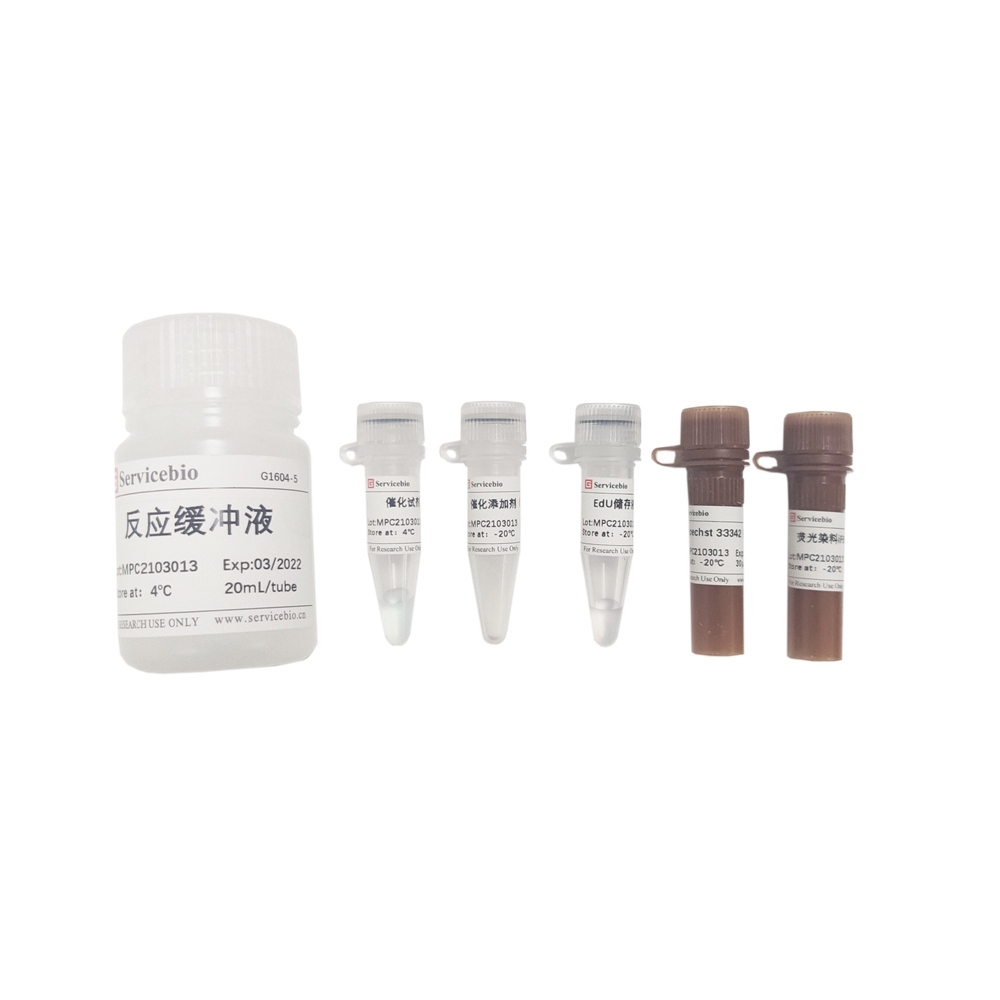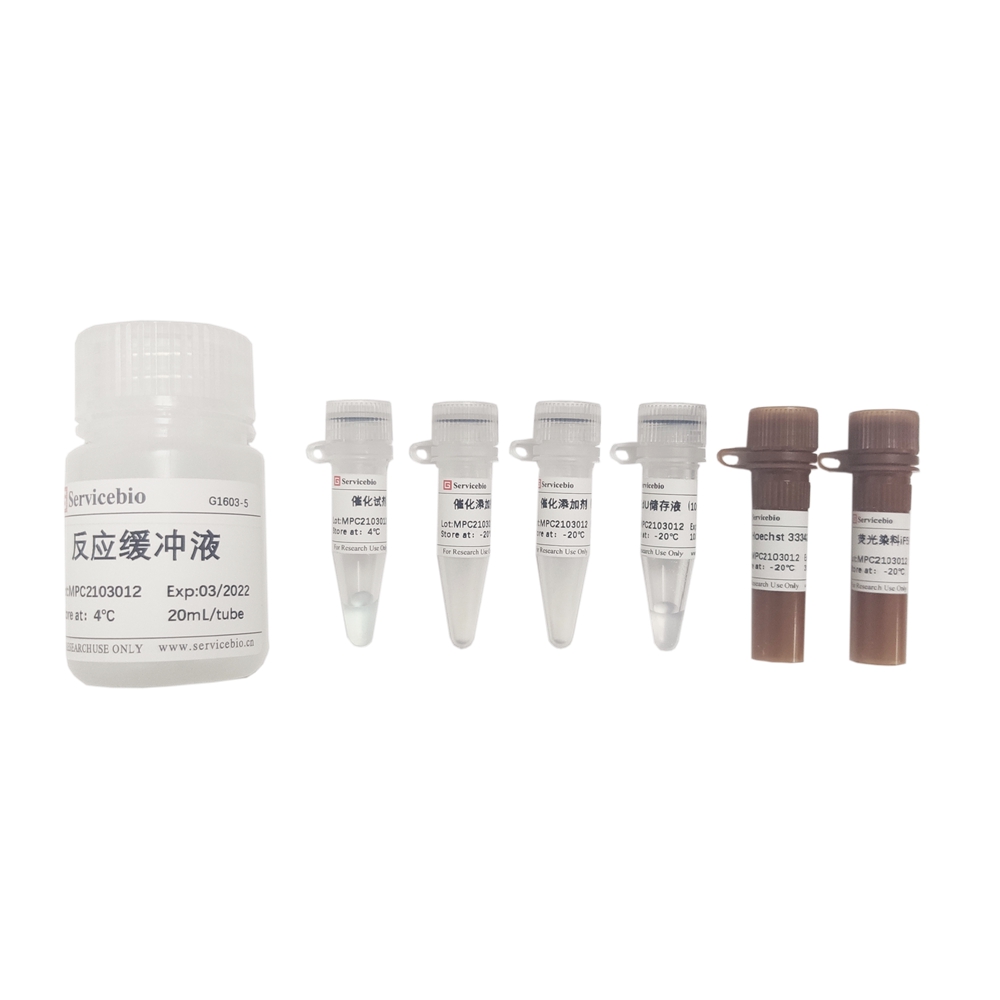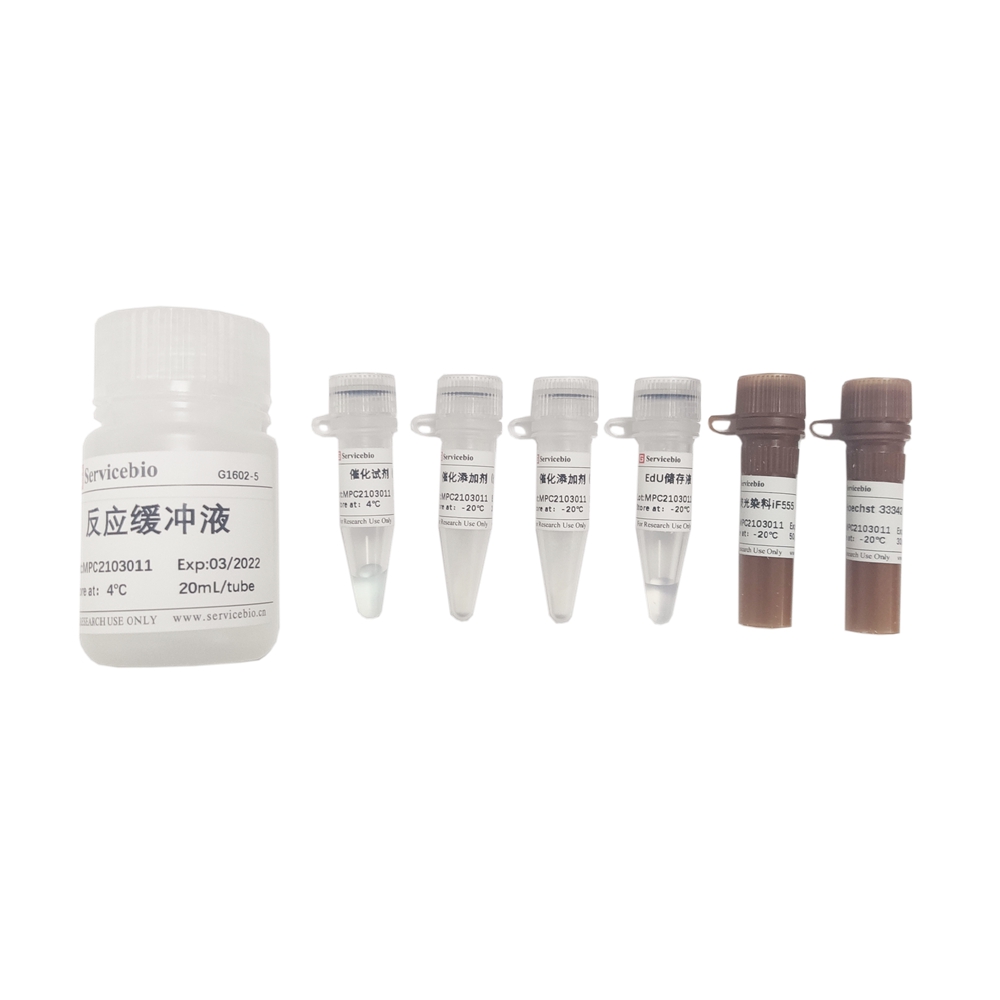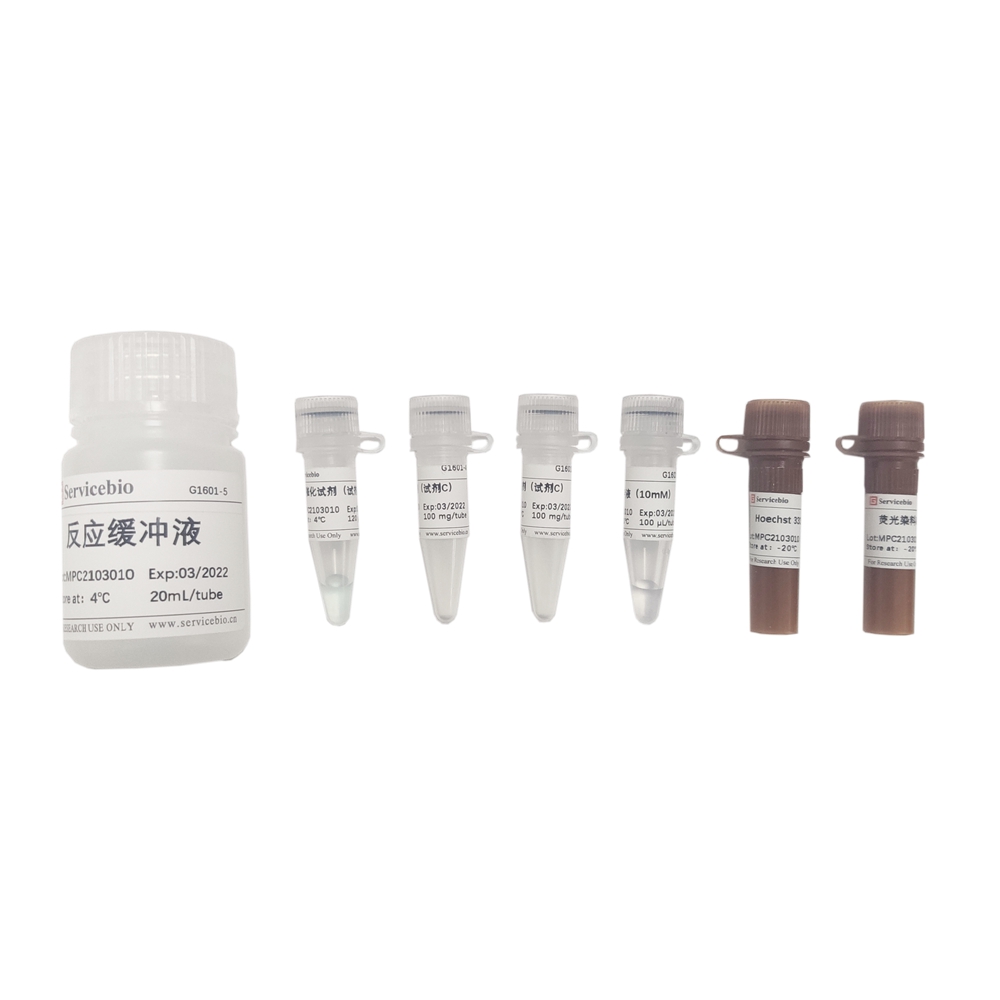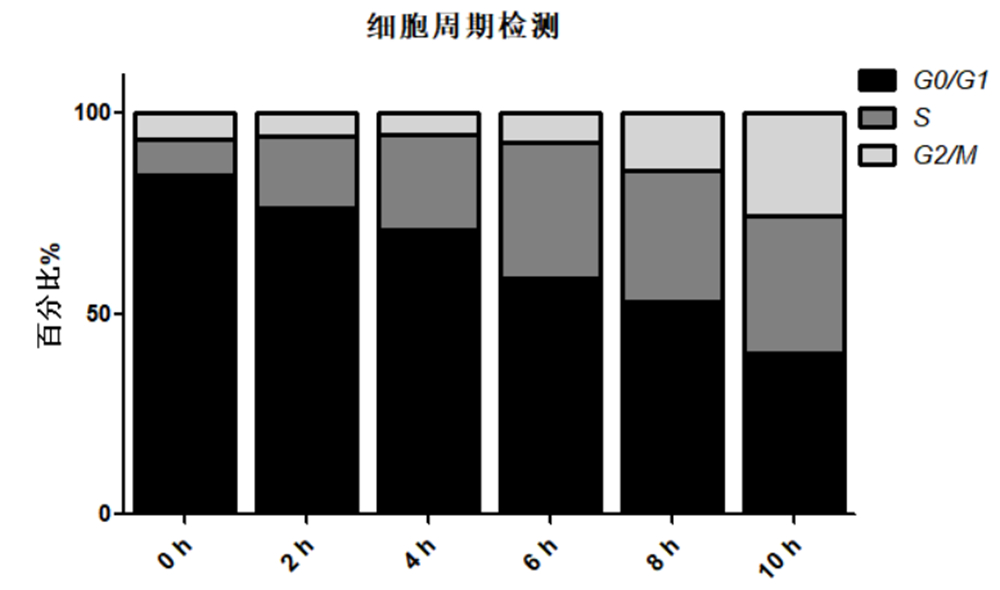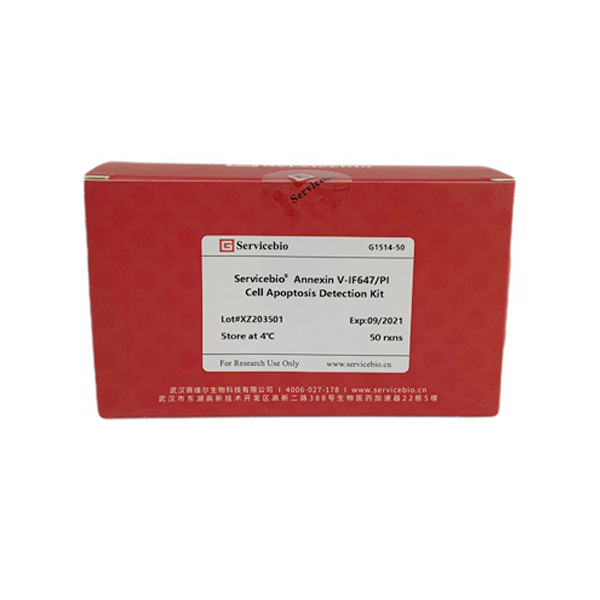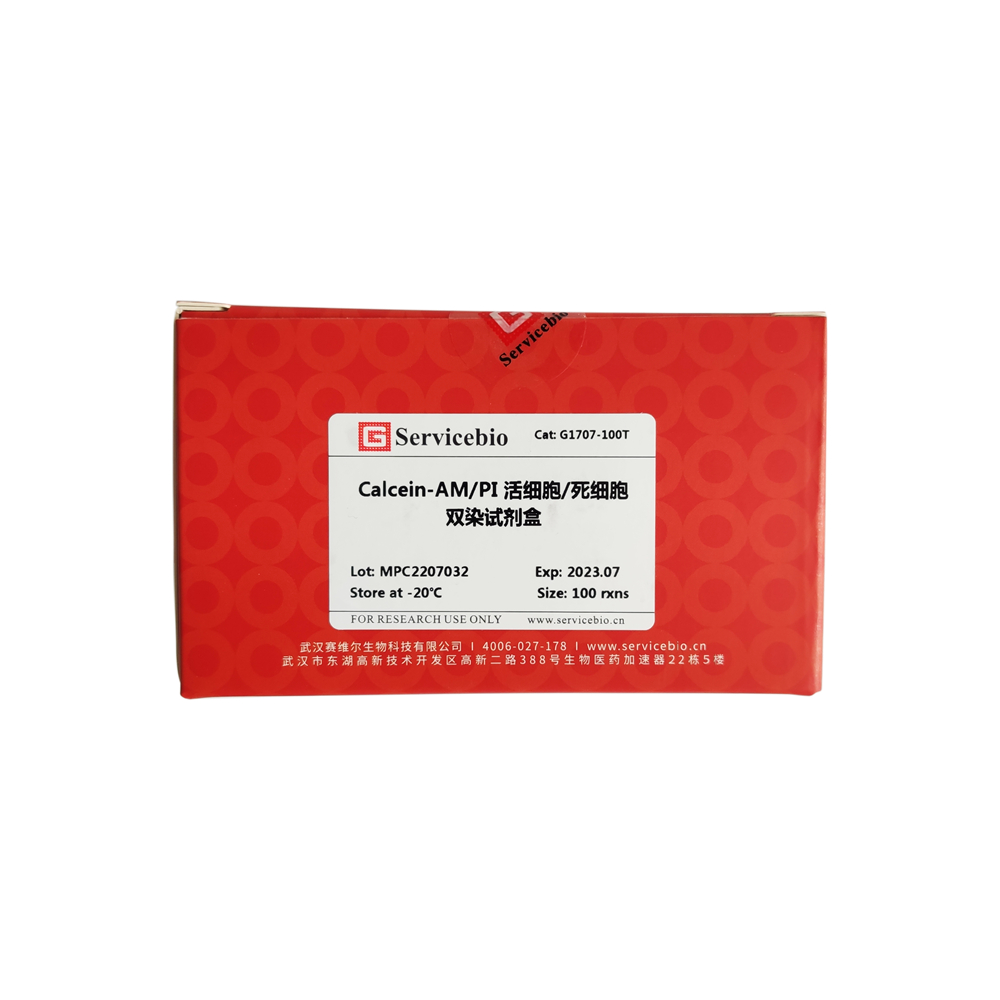Description
ATP Luminescence Cell Viability Assay Kit
Product Information:
- Product Name: ATP Luminescence Cell Viability Assay Kit
- Product Number:
- G1612-100T (10 mL)
- G1612-1000T (100 mL)
- Specification: See above
- Price: See above
Product Description:
The ATP Luminescence Cell Viability Assay Kit is designed to assess cell viability based on the quantification of ATP (adenosine triphosphate) levels in cells. ATP is a vital molecule in various cellular processes and is often referred to as the “energy currency” of cells. The level of ATP correlates with the cellular state and number, making it a valuable indicator of cell viability.
This assay kit utilizes the principle of ATP-dependent luciferase-catalyzed production of luminescence. It provides a highly sensitive and accurate method to detect and evaluate cellular ATP levels. The luminescence-based approach offers advantages over traditional absorbance-based methods, such as CCK-8 and MTT, including higher sensitivity and a broader detection range. The assay is easy to use and requires no washing, media changes, or extended incubation times, enabling rapid assessment of cell number and viability.
Storage and Transportation:
- Shipped with dry ice
- Store at -80°C in a dark environment for a shelf life of 12 months
- Alternatively, store at -20°C in a dark environment with recommended usage within 6 months
Kit Components:
| Component | G1612-100T | G1612-1000T |
|---|---|---|
| ATP Luminescence Cell Viability Assay Reagent | 10 mL | 100 mL |
| Product Manual | 1 copy | 1 copy |
Operating Instructions:
- Prepare cell samples by seeding them in a 96-well plate at a desired density. Use a white, non-transparent plate. If using a transparent plate, create spacing between samples to minimize interference.
- Prepare ATP standard samples (optional) by diluting ATP standards (not provided) in PBS or cell culture media and adding 100 μL to each well.
- Cell Viability Assay:
3.1. Thaw and equilibrate the ATP Luminescence Cell Viability Assay Reagent to room temperature.
3.2. Remove the cell culture plate and allow it to equilibrate at room temperature for 5-10 minutes.
3.3. Add 100 μL of the ATP Luminescence Cell Viability Assay Reagent directly to each well.
3.4. Gently shake or tap the plate to ensure thorough mixing.
3.5. After a 3-minute incubation, measure luminescence using a luminometer, a multi-mode plate reader with a luminescence module, or other appropriate instruments.
- Data Analysis:
4.1. Relative Cell Number (Increase) Analysis: Determine the cell number based on the intensity of the luminescent signal.
4.2. Cell Viability Calculation (Cell Proliferation or Cell Toxicity):

Note: A (Treated Group): Treated cells + ATP Luminescence Cell Viability Assay Reagent A1 (Untreated Group): Untreated cells + ATP Luminescence Cell Viability Assay Reagent A0 (Blank Control Group): Cell culture media (no cells) + ATP Luminescence Cell Viability Assay Reagent
4.3. ATP Content Quantitative Analysis (optional):

- Calculate the slope (a) and intercept (b) of the ATP standard curve.
- Use the formula to calculate the X value (ATP content) for the assay system.

- Calculate the ATP content in the sample.
Note:
- Follow the provided product manual for detailed experimental protocols and guidelines.
- Maintain appropriate laboratory safety practices while handling reagents and working with live cells.
- The assay is suitable for a wide range of applications, including drug screening, toxicity assessment, and proliferation studies.
- This product is intended for research use only and is not for clinical diagnosis or therapeutic purposes.

